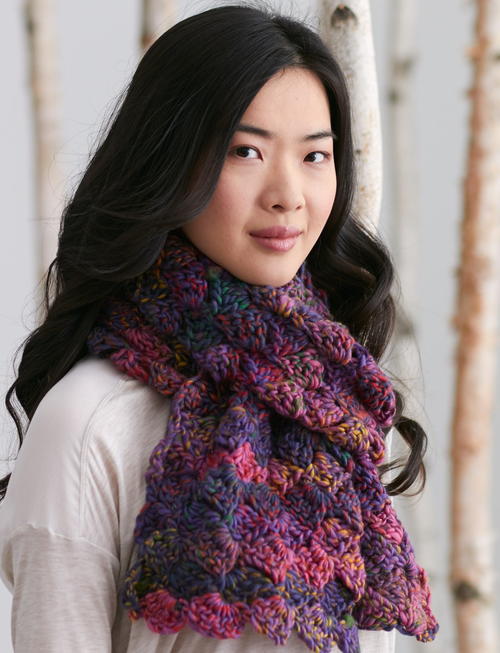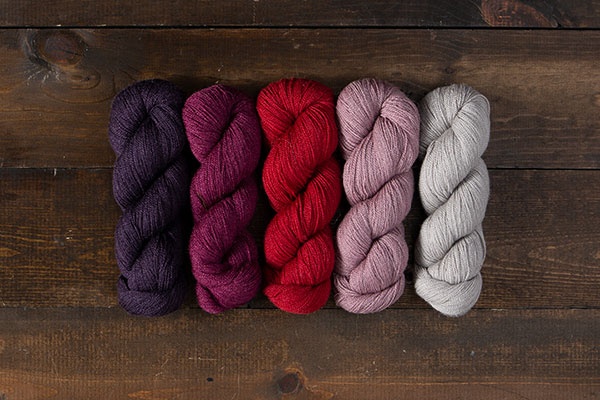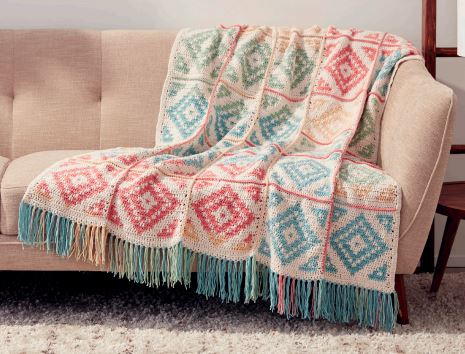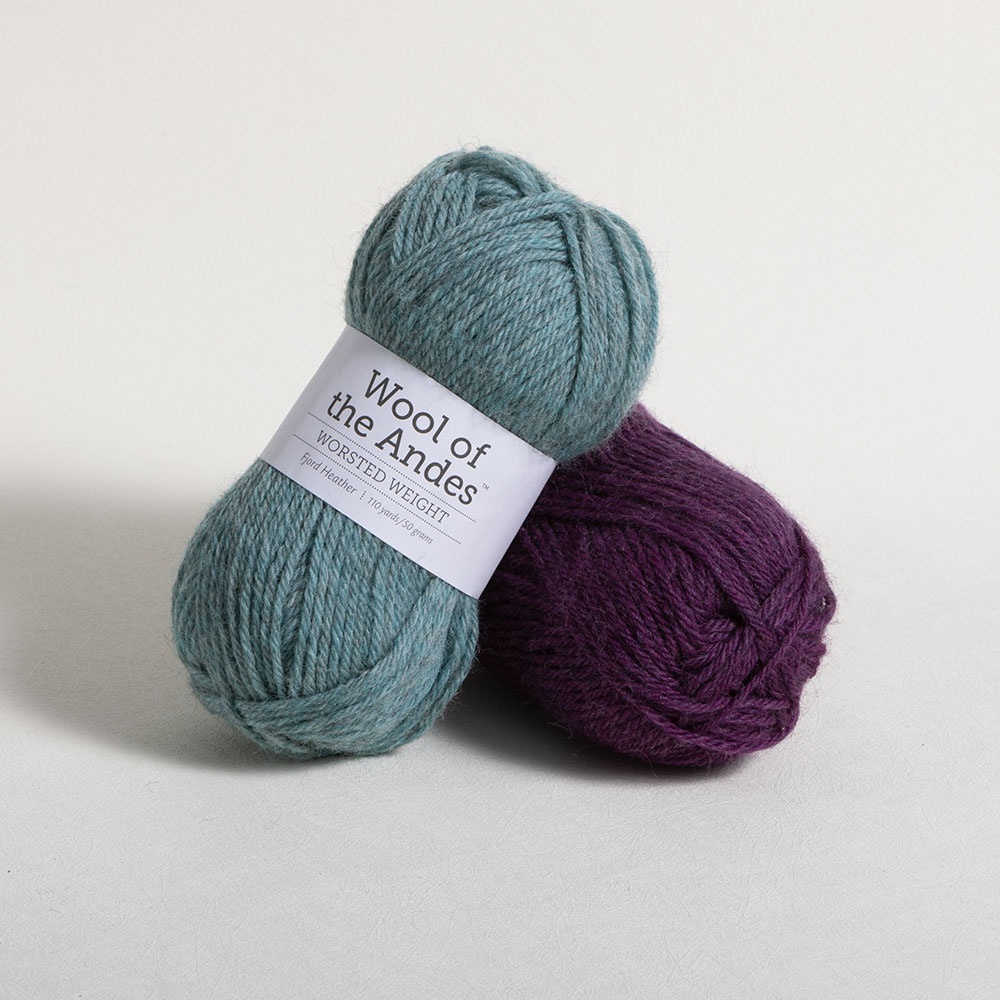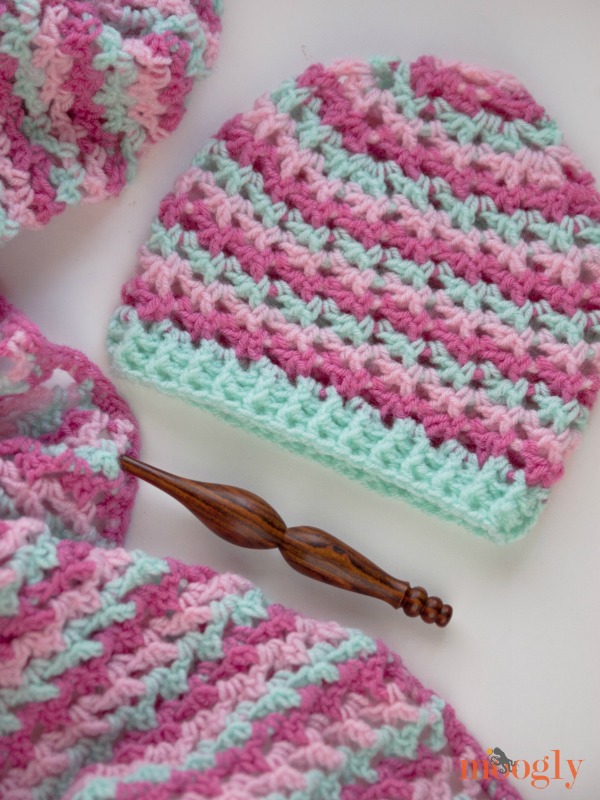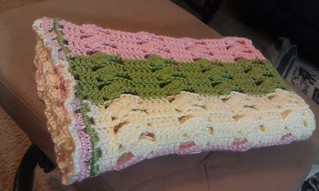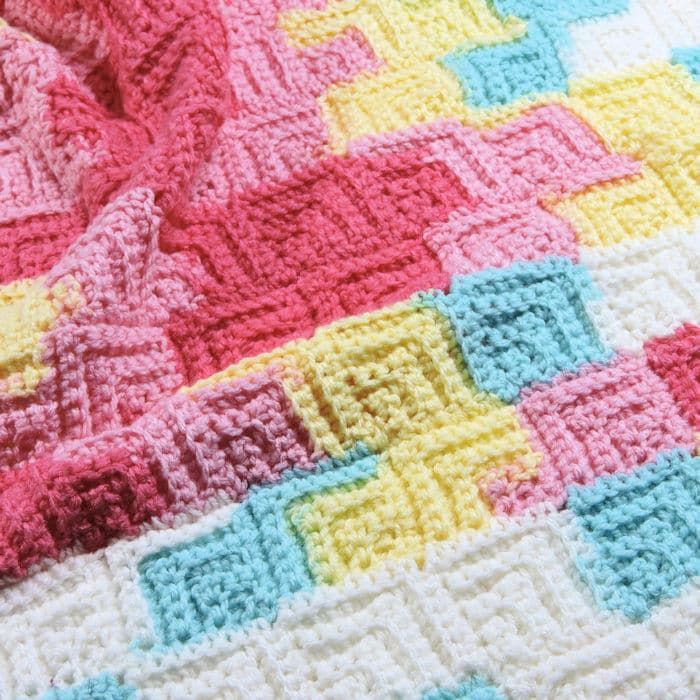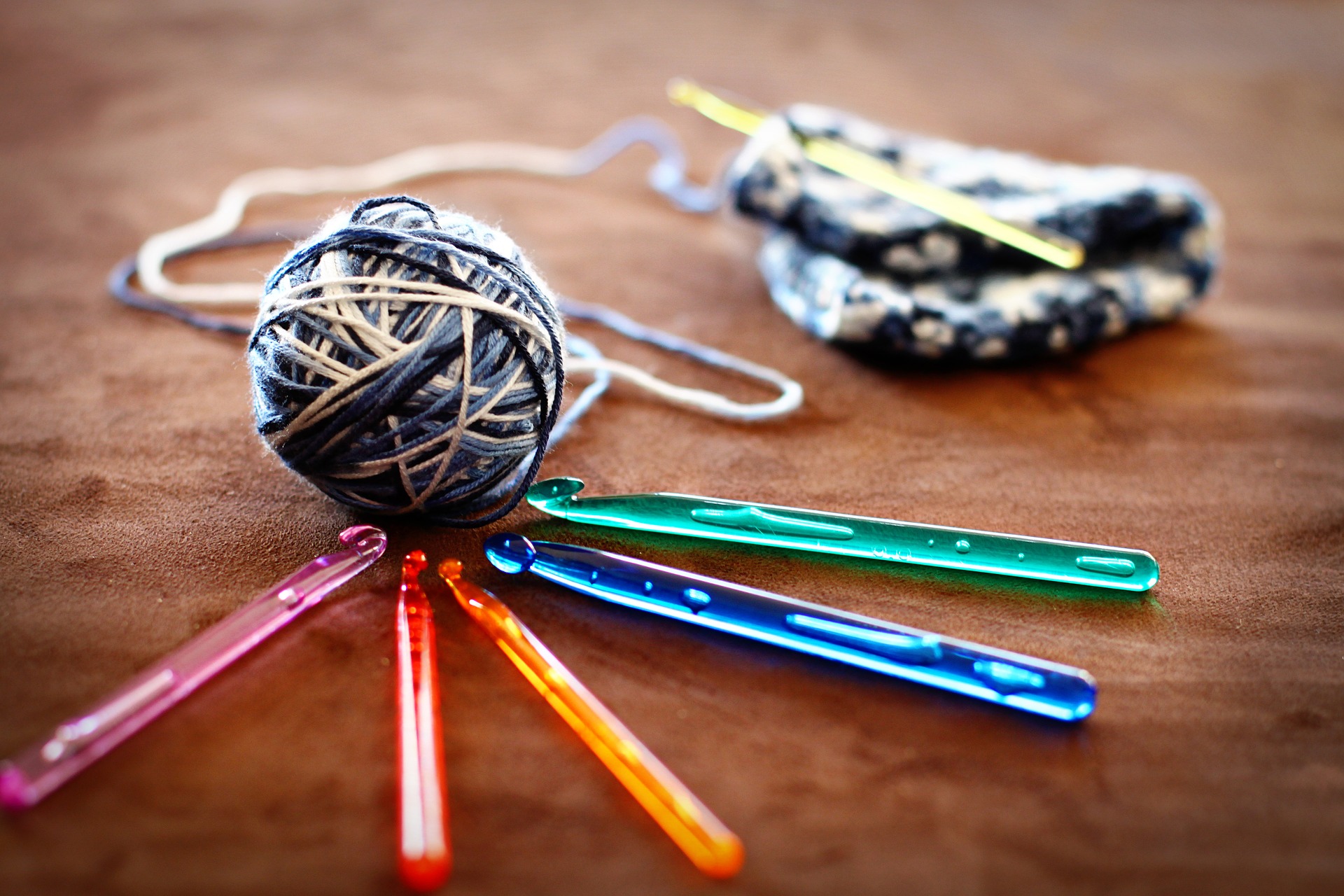
I know some forms of
crochet can be so versatile. Usually, it's a variety of techniques utilising a hook and yarn and loop stitches; stitches with names like slip stitch, chain stitch, double crochet stitch, half treble and treble and a more.
Arabia might be the first area where fiber was worked by a needle or a hook. Ancient samples from Egypt suggest a skilled application of needles and hooks.
Through its continued history across the ages crochet (in French word croc means hook) is believed to have been worked by men and women alike. A technique can be worked sitting, standing, lying down or when on the move. It utilizes many varieties of
yarns, linen, cotton, silk and wools, including finely beaten and spun precious metals (silver, gold), with or without the addition of beads and spangles. Tings that may be made i this technique are cloth, jewelry, bags, rugs, upholstery trim, to work fabric to cover furniture, to make warm through to light garments, to the finest of laces and also to produce artistic creations; sculptures, miniatures, creations limited only to the artists imagination. Similar crochet patterns found in India and North Africa give credence to the theory that crochet may have been in continuous use in the Middle East for thousands of years.
Tunisian Crochet or is it Afghan or Tricot crochet, worked with what looks like a cross between a hook and a needle, where and when did it first surface? Was it Tunisia? This form of crochet that can look like crochet or knitting or weaving, was it the fore runner of each of these forms of fabric making?
Slip stitch crochet, perhaps the earliest form of crochet and fabric making.
Broom-stick crochet also called peacock lace, when and where did this originate? Was it invented by Europeans traveling across America in covered wagons, they had broomsticks and hooks, they had the acquired knowledge, they brought out from their homelands with them, they needed very warm bedding and clothing, did they start creating this fast and easily put down and picked up form of crochet?
Irish crochet, traditional Irish crochet, luxurious 3 dimensional lace, distinctive with its raised crocheted petals, flowers and leaves stitched to a net of chain stitches with picots (called, the filling), feminine, romantic and beautiful. A subgroup in Irish crochet sometimes called Baby Irish crochet, is worked continuously in squares or circular sections. In the 1870s, crochet became the salvation for many Irish families when 12,000 to 20,000 Irish girls and women were producing crochet lace to earn money to see their families through the potato famine years and beyond.
Bruges Crochet, a lace worked in trebles and chain stitch, the ribbons of crochet are joined together creating an open tape like lace.
Bavarian Crochet, new to me, I need to learn more about this regional crochet.
Aran crochet is similar to Aran knitting, forms a fabric with raised areas coming off a flat background.
Fillet crochet, or net crochet, was very popular in the 1920-1950's, popular due to the simple mesh construction and patterns in the lace are easily worked with the use of charts
Hairpin crochet believed to have been created in Queen Victorian times by ladies utilising their hairpins and
hooks to create a new style of crochet that was used in linier and circular fine laces, to stronger trim for upholstery. Today we have replaced the pins with looms that are easily adjusted in size making it easier to work this form of crochet.
Revival in the swinging 60's as individuals wanted to work new style garments, by hand, in non-conforming form and colours, to the norms of the day.
Stripes, jacquards, patchwork, lace, clothing, looped, woven, beaded, squares, circles, today scrumbling, crochet is a living technology, being revived, re-invented and utilised in new ways with new materials in what looks like limitless ways. Ways that are, and have, enabled peoples across history and across the world to satisfy they personal needs, to earn income, to feed their families, to cloth themselves and their families, to create new items, to satisfy their need to do.
Crochet at the beginning of the 21st Century finds it is experiencing a new revival both in manufacturing, producing thousands of fashion and decor items and in the hands of individuals rediscovering designs of old, designing new patterns and applications, hand making decor items, personal garments and art works.
Crochet designs continue to evolve and Crochet lives on.


